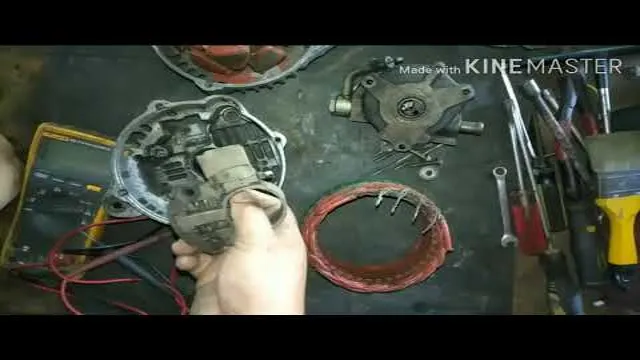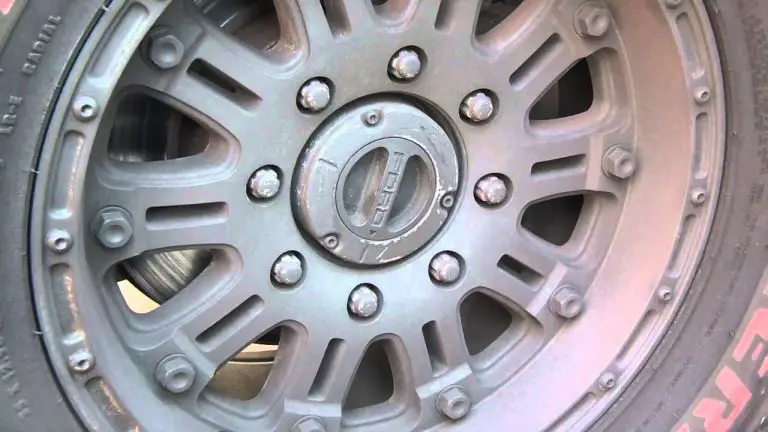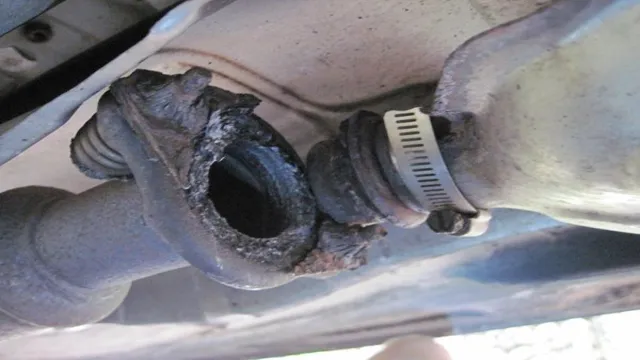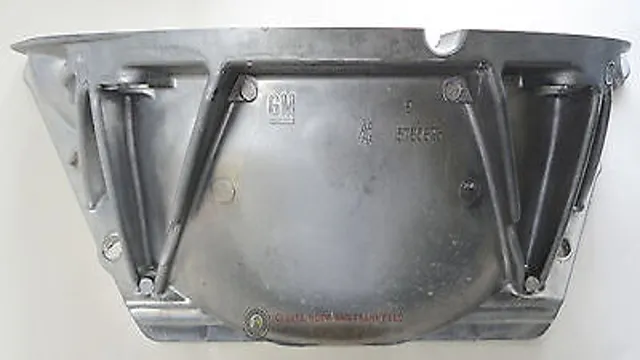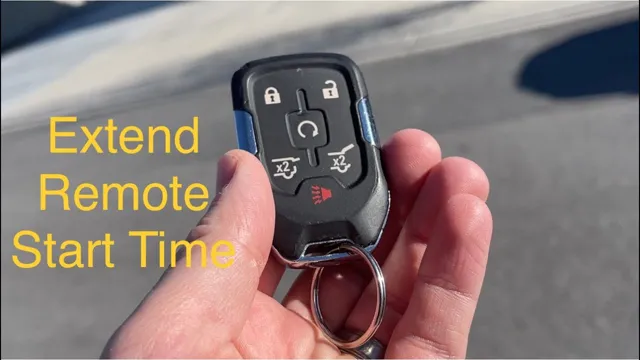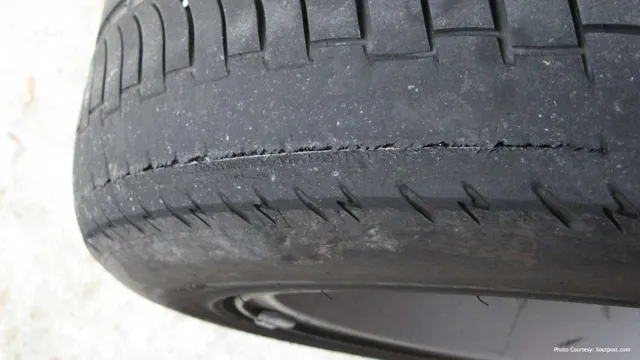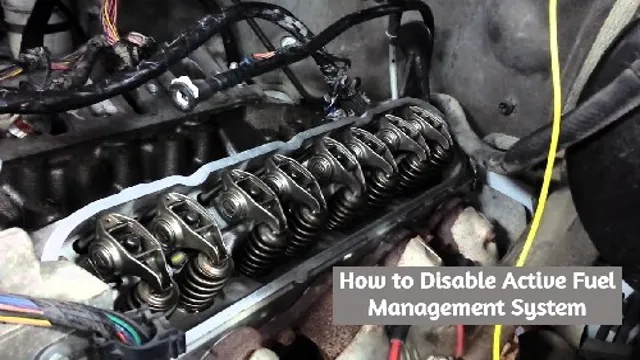Revive Your Car’s Charging System: The Ultimate Guide to Fixing an Alternator Not Charging
Having a non-charging alternator can be a headache, especially if you rely heavily on your vehicle. Your car’s alternator is responsible for converting mechanical energy from the engine to electrical energy that powers your car’s accessories and charges the battery. When your alternator fails to do that, it can be frustrating.
But before you start panicking, there are a few possible solutions to fix a non-charging alternator. In this blog post, we’ll guide you through some of the steps you can take to diagnose and repair a non-charging alternator. So, grab a cup of coffee and read on as we go over some practical solutions to get your vehicle back up and running!
Check the Connections
If you’re having issues with your alternator not charging, one of the first things you can check is the connections. Over time, the connections on your alternator can become corroded or loose, which can prevent it from working properly. Start by checking the connections on the back of the alternator, as well as the connections on the battery and starter.
If the connections are loose, tighten them up to ensure a good electrical connection. If you notice any corrosion or damage, clean the affected area with a wire brush and apply a layer of dielectric grease to prevent future corrosion. These simple steps can often solve the issue of an alternator not charging and get you back on the road in no time.
Inspect battery terminals and cables
One important step in maintaining your car’s battery is to inspect the battery terminals and cables regularly. Over time, these connections can become loose, corroded or damaged, which can cause problems with your car’s performance or even prevent it from starting altogether. To check the connections, start by visually inspecting the battery terminals for signs of corrosion or damage.
If you see any build-up of white or greenish material, use a wire brush to gently scrub it away. Next, inspect the cables for any signs of fraying or damage, and make sure they are securely fastened to the battery terminals. If you notice any issues with the terminals or cables, it’s important to address them right away to prevent any further damage or potential safety hazards.
By taking the time to inspect these crucial components, you’ll help ensure that your car’s battery stays in good working condition for longer.
Examine alternator belt and wiring
When it comes to the health of your vehicle’s alternator, checking the connections of the alternator belt and wiring should be a top priority. A loose or damaged alternator belt can cause a plethora of issues including a dead battery, electrical system failures, and even a stalled engine. One way to check the belt is to visually inspect it for any signs of wear or cracking.
Furthermore, ensuring that the belt is properly tightened can also go a long way in preventing any belt related issues. In addition to the alternator belt, examining the wiring is also critical. A damaged or loose wire can negatively impact the charging system and restrict the flow of electricity to the battery.
Thus, making sure the connections are secured and free from corrosion is key. By taking the time to routinely examine the alternator belt and wiring, car owners can increase the lifespan of their vehicle’s electrical system and avoid costly repairs down the road.
Test the Alternator
If your car isn’t charging even though the battery seems fine, it’s likely that the alternator is the culprit. To diagnose the issue, you’ll want to test the alternator. First, turn on your car and let it run.
Then, use a voltmeter to check the voltage between the positive and negative terminals on your battery. If the reading is less than 15 volts, it’s likely that your alternator isn’t charging properly.
You can also remove the alternator and take it to a mechanic or auto parts store to have it tested. If the alternator is the cause of your issues, then it will need to be replaced. Remember, neglecting an alternator problem can lead to battery damage or even a stalled engine, so it’s important to address the problem promptly.
Use a multimeter to check voltage output
To test the alternator in your vehicle, use a multimeter to check the voltage output. A multimeter is a handheld device that measures electrical current, voltage, and resistance. Start by turning on your vehicle and letting it idle for a few minutes to allow the alternator to charge the battery.
Then, connect the black lead of the multimeter to the negative battery terminal and the red lead to the alternator output terminal. The voltage output should read between 15 and 1
5 volts for a properly functioning alternator. If the reading is outside this range, it indicates a problem with the alternator. You may need to replace the alternator or have it serviced by a professional.
Checking the voltage output regularly can help prevent problems with your alternator and provide peace of mind while driving.
Check for continuity in alternator wiring
Testing the alternator is an essential step in ensuring the proper functioning of your vehicle’s electrical system. One essential aspect of this process is checking for continuity in the alternator wiring. The wiring in your alternator must be in good condition and free from any damages or breaks that could hinder proper current flow.
To test the continuity of your alternator wiring, you’ll need a multimeter, a tool that measures electrical current and resistance. Start by disconnecting the battery and removing the alternator from your vehicle. Then, connect the multimeter leads to the alternator’s positive and negative terminals and set it to continuity mode.
Next, test the continuity of each wire in the alternator wiring harness by touching the multimeter probes to the ends of each wire. If the multimeter beeps or shows a reading of zero ohms, then the wire has continuity, which means it is functional and has a proper flow of current. If there is no beep or infinite resistance, it means there’s an open circuit, and the wire must be replaced.
Checking for continuity is a critical step in the alternator testing process and can prevent further damage to your vehicle’s electrical system. Be sure to replace any damaged wires, and reconnect the battery and alternator correctly. With proper testing, you can rest assured that your vehicle’s alternator is in top-notch condition and functioning appropriately.
Replace Faulty Parts
If you are struggling with an alternator that is not charging your car’s battery, there are a few steps you can take to fix the issue. Start by checking the connections of the alternator and battery to ensure they are clean and secure. If this doesn’t solve the problem, you may need to replace the faulty parts.
This can include the alternator belt or the voltage regulator, which can both prevent the alternator from charging the battery. It’s important to address these issues as soon as possible to prevent further damage to your car’s electrical system. Remember that regular maintenance and monitoring of your car’s alternator can help you avoid these problems in the first place.
So if you’re experiencing issues, don’t hesitate to fix them promptly to keep your car running smoothly.
Replace corroded or damaged battery cables
If you find yourself frequently jumping your vehicle due to a low battery, it could be time to replace your battery cables. Over time, battery cables can become corroded or damaged, causing a weak connection between the battery and the rest of the electrical system. The resulting power loss can cause engine issues and prevent your vehicle from starting altogether.
It’s crucial to inspect your battery cables regularly and replace any that show signs of damage or corrosion. It’s a simple job that can be done with basic tools, and a new set of battery cables will restore the flow of power to your vehicle’s electrical system. Don’t let a faulty connection leave you stranded – replace your corroded or damaged battery cables today and ensure your vehicle starts every time.
Replace alternator belt if worn or cracked
If you’re experiencing issues with your car’s electrical system, it could be due to a faulty alternator belt. This part is responsible for generating power and keeping the battery charged, so it’s important to ensure it’s in good condition. If you notice any signs of wear or cracking on the belt, it’s time to replace it.
Don’t ignore this issue, as a failing belt can lead to further problems down the line. Luckily, this is a relatively simple fix that can be done by a mechanic or even a confident DIYer. So, if you’re hearing strange noises or noticing electrical issues, check your alternator belt and consider replacing it if necessary to ensure your car stays in top shape.
Replace the alternator if necessary
If your alternator is faulty and causing issues with your vehicle’s electrical system, it’s important to replace it as soon as possible. The alternator is responsible for recharging your car’s battery and powering all its electronic components while the engine is running. A faulty alternator can cause battery problems, dimming headlights, and other issues that can lead to breakdowns.
To replace the alternator, you’ll need to first locate it under the hood and disconnect the battery. Then, remove the old alternator and install the new one, being careful to reattach any necessary wires and components. Once you’ve installed the new alternator, reconnect the battery and start the engine to make sure everything is working properly.
Don’t wait until your car breaks down to replace a faulty alternator, take care of the problem as soon as you notice any issues to maintain the smooth operation of your vehicle.
Conclusion
There are many reasons why an alternator may fail to charge, but fear not, as fixing this issue is not rocket science. With a little bit of know-how and elbow grease, you can diagnose and remedy the problem in no time. First, check the alternator belt to ensure it’s tight and not worn out.
If that checks out, move on to the battery and connections, making sure they’re all clean and tight. Still no luck? Time to test the alternator itself and replace it if necessary. With these steps, you’ll be back on the road in no time, charging ahead like a pro.
Don’t let a dead battery stop you, fix it today!”
FAQs
What are some common signs of an alternator not charging?
Common signs include dimming headlights, a dead battery, flickering dashboard lights, and a whining noise from the engine.
How can I test if my alternator is not charging?
You can use a voltmeter to test the voltage output of the alternator while the engine is running. If the voltage reading is below 13.5 volts, the alternator may not be charging properly.
Can a bad battery cause the alternator to not charge?
Yes, a bad battery can cause the alternator to not charge properly. If the battery doesn’t hold a charge, the alternator won’t have enough power to charge it.
What are some possible reasons why an alternator won’t charge?
Some possible reasons include a faulty alternator, loose or corroded connections, a broken or slipping belt, a blown fuse, or a faulty voltage regulator.

